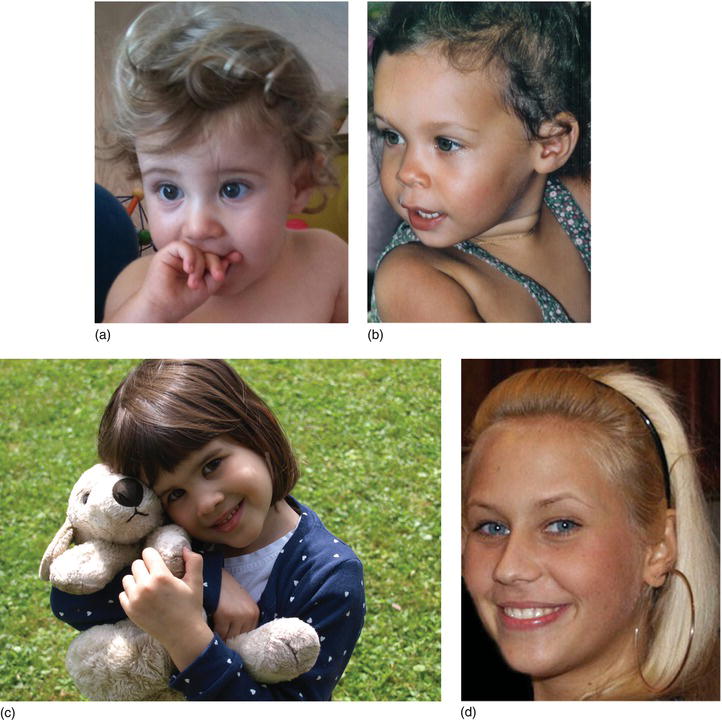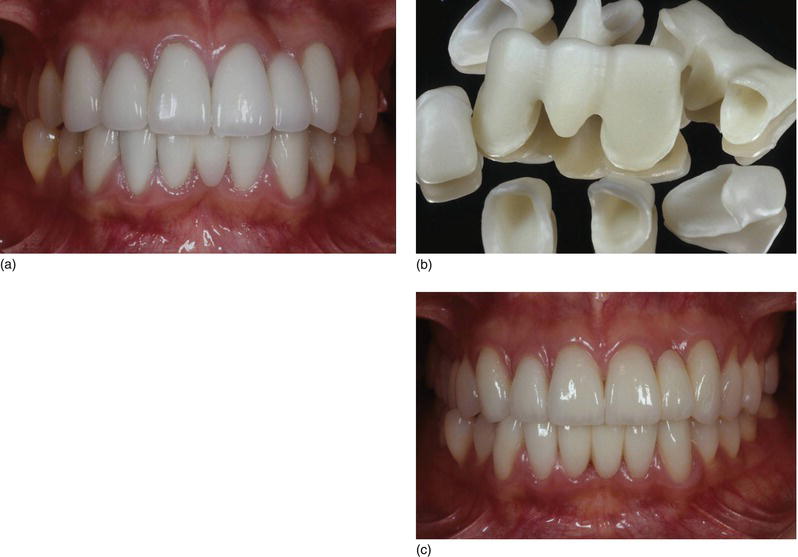2
To smile or not to smile
The mouth acts as a mirror for the body. The link between substances in the oral cavity and other vital organs has been well documented worldwide, and oral care can have significant effects on all parts of the body (Ravins, 2008).
The perception of beauty is subject to continual change. With today’s conceptual thinking and treatment planning, it is essential to incorporate an interdisciplinary approach that may include orthodontics, periodontics, operative dentistry, implant dentistry, and restorative dentistry (Gürel, 2008a).
Patients today are educated and just as concerned with feeling well as they are with looking well. Facial appeal (the attraction that a face can provoke) has an impact on health, which is defined by the World Health Organization (2006) as “a state of complete mental, physical, and social well-being and not only constituting the absence of disease or infirmity.”
Esthetically oriented treatment has a significant and proven impact on the psychological balance of our patients and thus on their health (Decharrière-Hamzawi et al., 2007). This esthetic demand is satisfied in various ways, with very different expectations from one patient to another, notably when talking about changes that a patient desires in the lower part of the face. The fact that this esthetic demand, across all socioeconomic strata, is greater amongst women than amongst men has been shown to be statistically significant. However, one does not have to respond to the esthetic demands of every patient, particularly if his or her wants are obviously unreasonable – or even pathological, as in the case of those with body dysmorphia (Zlowodzki et al., 2008).
The clinician must adopt a scientific approach to the creation of the perfect result, employing a methodical and/or experimental strategy. This is the only way to ensure a predictable, acceptable end product.
The impact of esthetics
Our contemporary society emphasizes the importance of appearance and attaches a notion of success and well-being to beauty. Esthetics indeed plays a significant role in the psychosocial aspects that determine the nature of an individual’s existence. Self-esteem remains one of the main indicators of a person’s well-being (Decharrière-Hamzawi et al., 2005). The medical profession must not view esthetic demands with disdain, because all imbalances in self-esteem will cause a change in health, as defined by the World Health Organization (Patzer and Faucher, 1996; Decharrière-Hamzawi et al., 2007).
The impact of esthetics on behavior from infancy to adulthood (Figs 2.1a–d) has been confirmed in several publications (Savard et al., 2007):
- Young babies stare at attractive faces longer than at others. As early as the infant stage, one notices a more sustained attraction to pretty faces (Bruchon-Schweitzer, 1990).
- Teachers show a preference for children who are pleasant to watch.
- Given equal ability, pupils seen as attractive earn better grades.
- The more attractive a child is, the more he or she will provoke expectations from the teacher; hence the child will benefit from a more favorable learning environment (Decharrière-Hamzawi et al., 2005).
- For a good homework assignment, a bonus of 5% has been observed with respect to the average result if the appearance of a set photograph is attractive, and a decrease of 7% if it is unattractive.
- Academic failure is observed to be aggravated when a student’s physical appearance is seen as unattractive by his or her peers.
- There is a link between the productivity of a business and the physical beauty of its employees.
- It seems that our brains are more attracted to people who are seen as beautiful, either in that we expect a reward or that this beauty in itself constitutes a reward (Kawabata and Zeki, 2004).
- Esthetics plays an important role in the psychosocial aspects that determine the nature of an individual’s existence and the limits of that person’s well-being and self-esteem.
- All imbalances in self-esteem will lead to a decrease in health, with possible repercussions at the biological level.
Figure 2.1 (a) A 10-month-old baby girl teething, with her fingers on her erupting teeth. (b) The smile of a 3-year-old child, with only the lower teeth showing. (c) The smile of a 4-year-old child, with the lips and some upper teeth showing. (d) An adolescent’s full smile, with beautiful lips, teeth and gingiva. (© A. Saadoun.)

Figure 2.2 (a) An unnatural smile, with old full-mouth ceramic restoration. (b) NobelProcera™ shells of the different restorations (crowns and bridges). (c) Full-mouth restoration with ceramic, giving the patient a new smile. (Courtesy of Dr. M. Okawa, Tokyo, Japan.)

Dental esthetics
Only one out of two adults is satisfied with his or her smile, so when people say, “I need a beautiful smile,” they really mean “I want a beautiful smile,” and they deserve to look and feel good about themselves. Consequently, turning people’s smiles into their best feat/>
Stay updated, free dental videos. Join our Telegram channel

VIDEdental - Online dental courses


